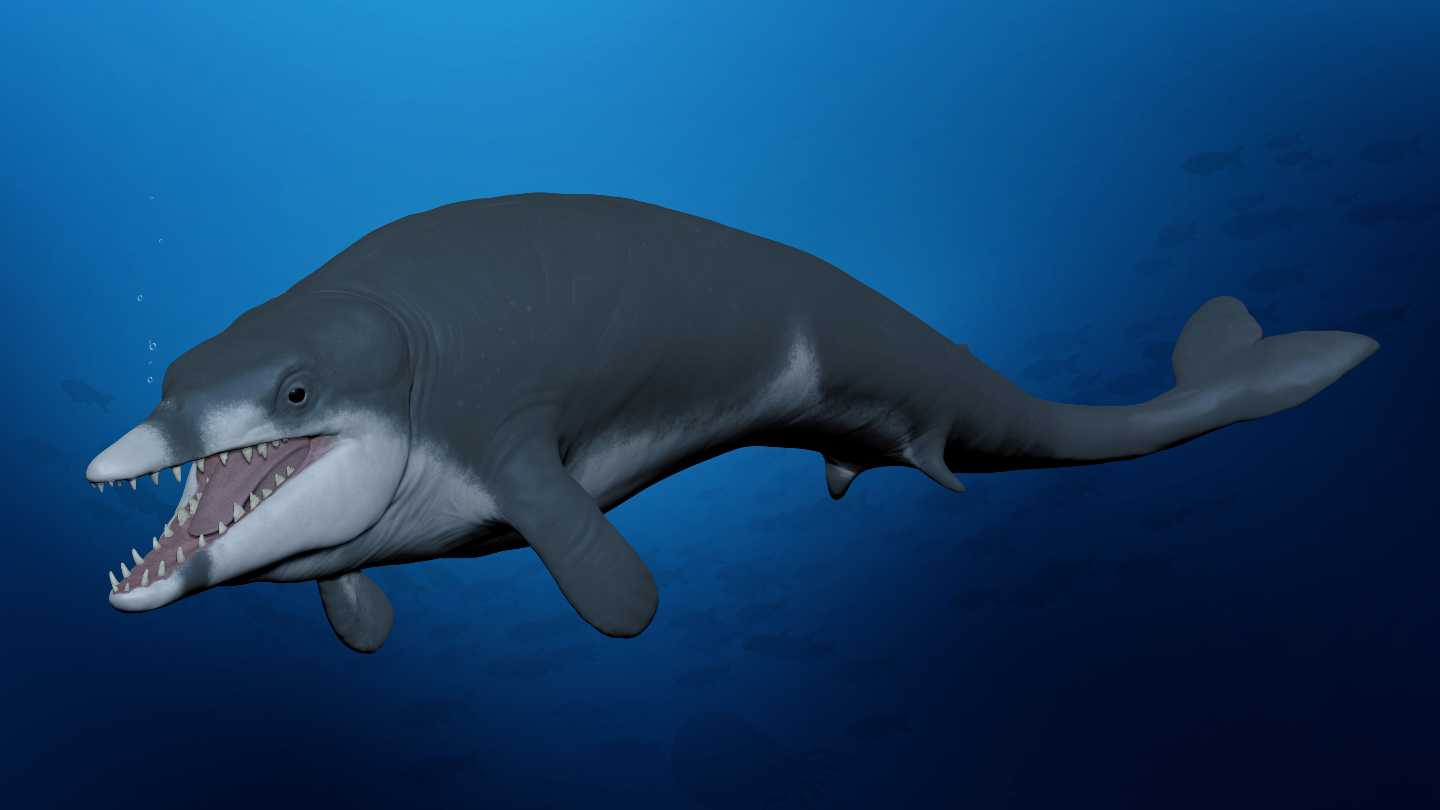Just days after the world was introduced to the heaviest known ancient whale, a much tinier member of the same family has been found on the other side of the planet.
“It’s definitely a very small animal,” says Mark Uhen, a paleontologist at George Mason University in Fairfax, Va., who was not involved in the study.
Researchers found the 41-million-year-old fossilized skull, jaw and teeth of Tutcetus rayanensis in Wadi El-Rayan, a nature reserve in Egypt. Named in part after the Egyptian pharaoh Tutankhamun, the species shares King Tut’s regal roots: The name “basilosaurid” is derived from the Latin basilosaurus, or “king lizard” (the first basilosaurid specimen was mistakenly classified as a reptile).
Like Tutankhamun, the T. rayanensis specimen perished on the cusp of adulthood. It still had a couple of its baby teeth, along with adult molars that grew in relatively early in its life. That pattern of tooth growth suggests that the species “lived fast and died fast,” or at least faster than other basilosaurids, says study coauthor Abdullah Gohar, a paleontologist at Mansoura University in Egypt.
2023-08-10 10:00:00
Post from www.sciencenews.org
